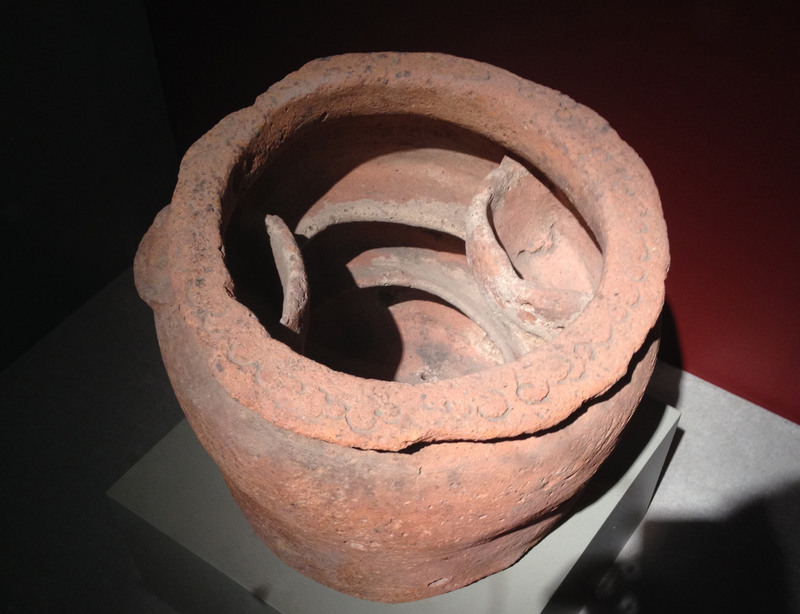
The ancient Romans consumed some strange foods, ranging from sow’s womb to dormice, which were known as glires in Latin. Astute Italians got their rodents mouth-ready by sticking them in a special container called a glirarium or vivarium in doliis (enclosed animal habitats in jars); it was designed to be a temporary home—a rodent Airbnb—where the animal could pig out.
Humans would then cook up the dormouse once they judged it to be at prime plumpness.Just a note: Romans didn’t eat the kind of mice that gnaw your wires. Instead, they chowed down on “edible dormice,” which were a lot bigger and substantive than their modern house-mouse counterparts. These were long considered extravagances; in 115 BC, consul Marcus Aemilius Scaurus passed a law that prohibited serving exotic avians, mollusks, and dormice, according to Pliny the Elder. But it’s likely that nobody listened to Scaurus’ legislation—the rodents were too tasty.
On their country estates, prominent Romans reared some animals just for consumption. In his On Agriculture, Roman scholar Varro noted that country gentlemen raised tiny critters like snails to eat, bees for honey, and dormice inside their villas. Ancient gourmand Fluvius Hirpinus (whose name was probably a misspelling) popularized eating snails and started the practice of fattening dormice for the table in the mid-first century BC.
Dormice became a food of the upper classes. Varro cites the example of a rich guy named Titus Pompeius, who had a vast domain in Transalpine Gaul (modern France/Belgium), probably sometime in the first century BC.
On his private hunting preserve, Pompeius bred captive critters in a four-square-mile enclosure, in which there were “usually kept places for snails and beehives, and also casks in which dormice are kept confined.” This…The post The Dormouse-Fattening Jars of Ancient Rome appeared first on FeedBox.